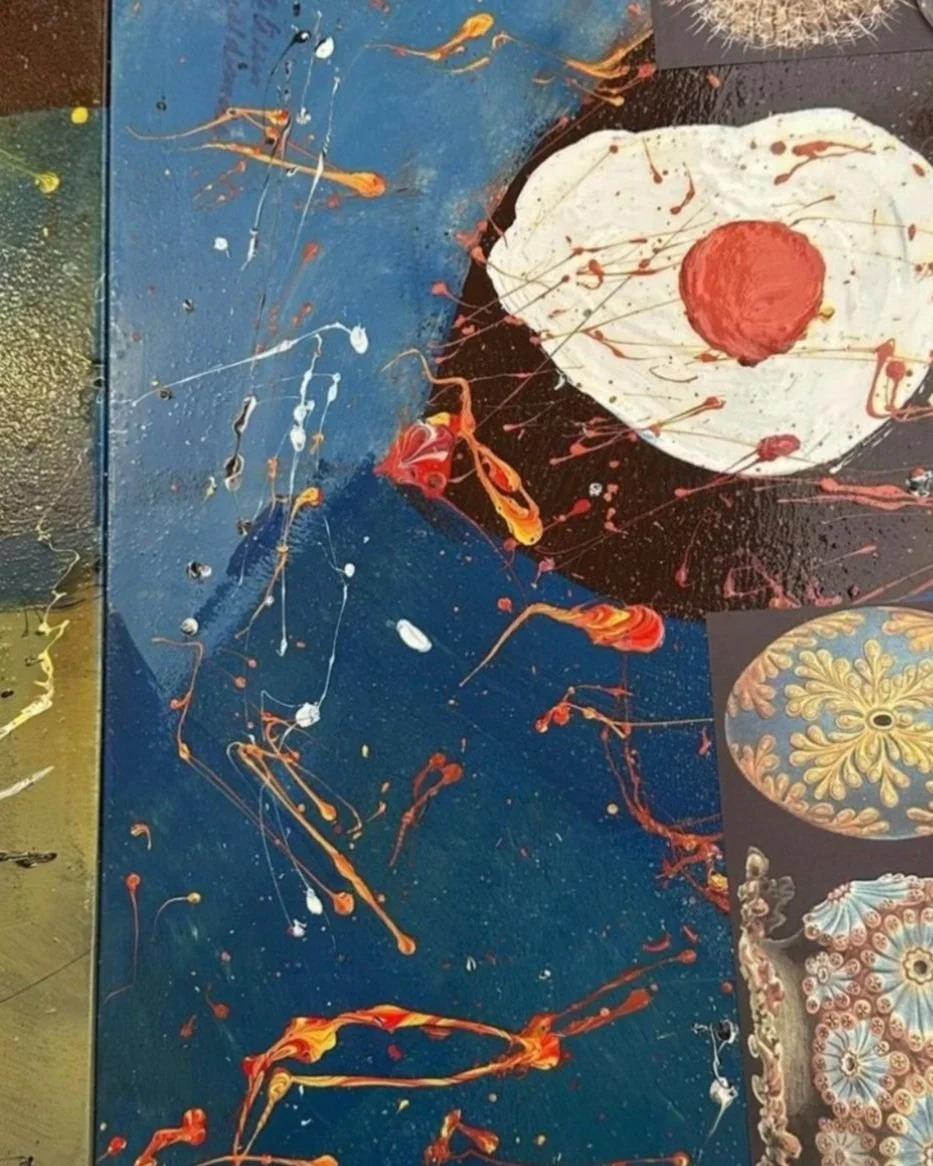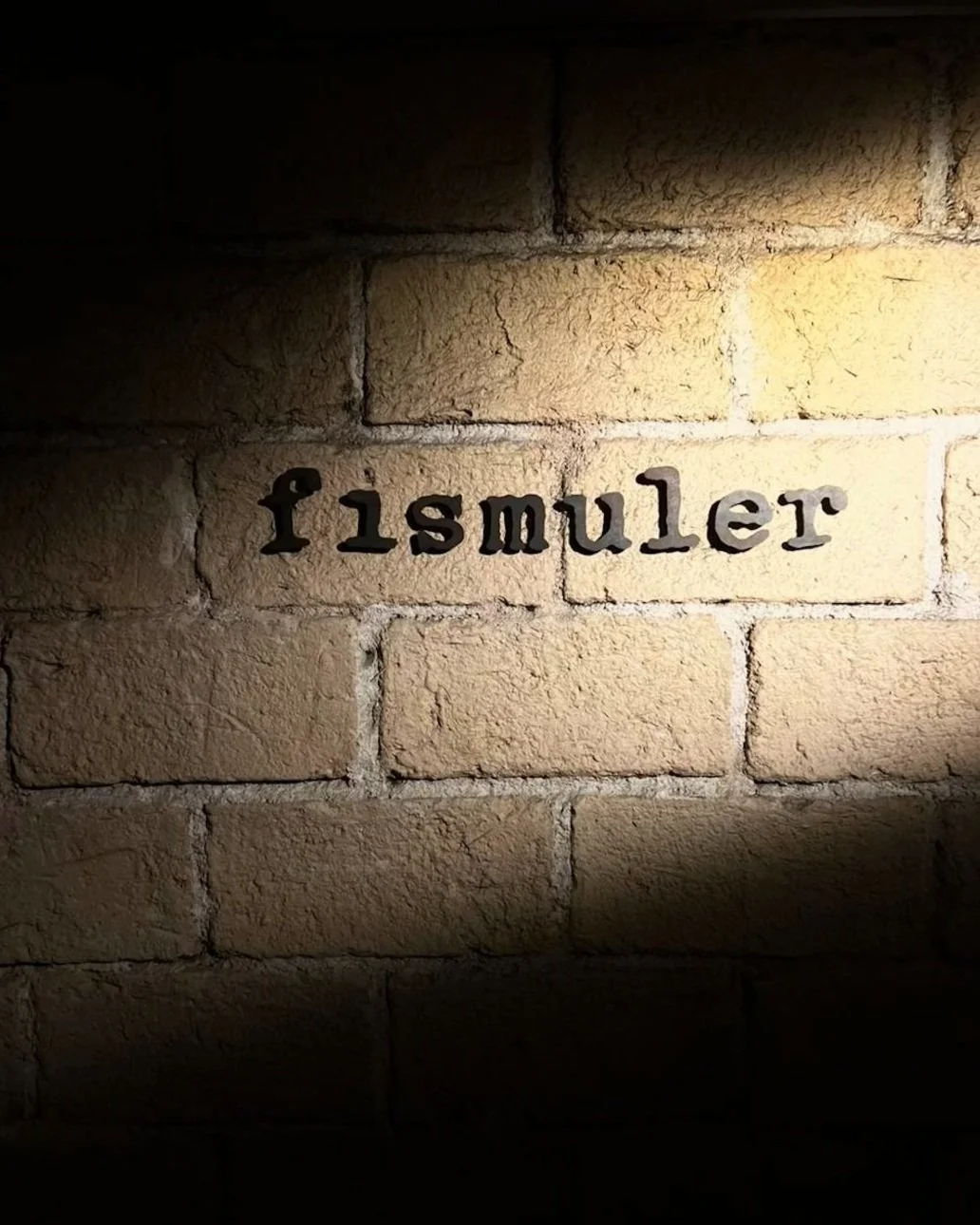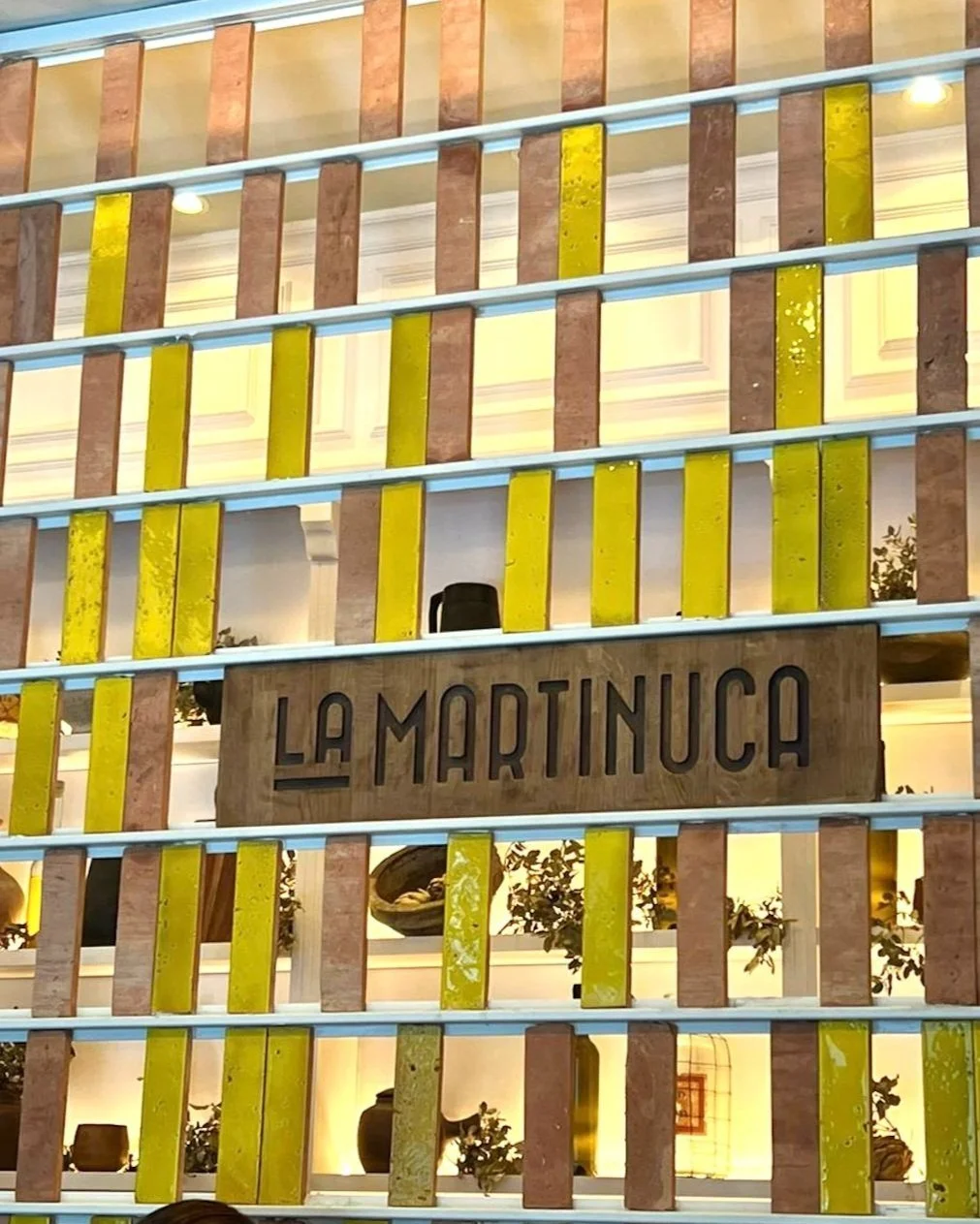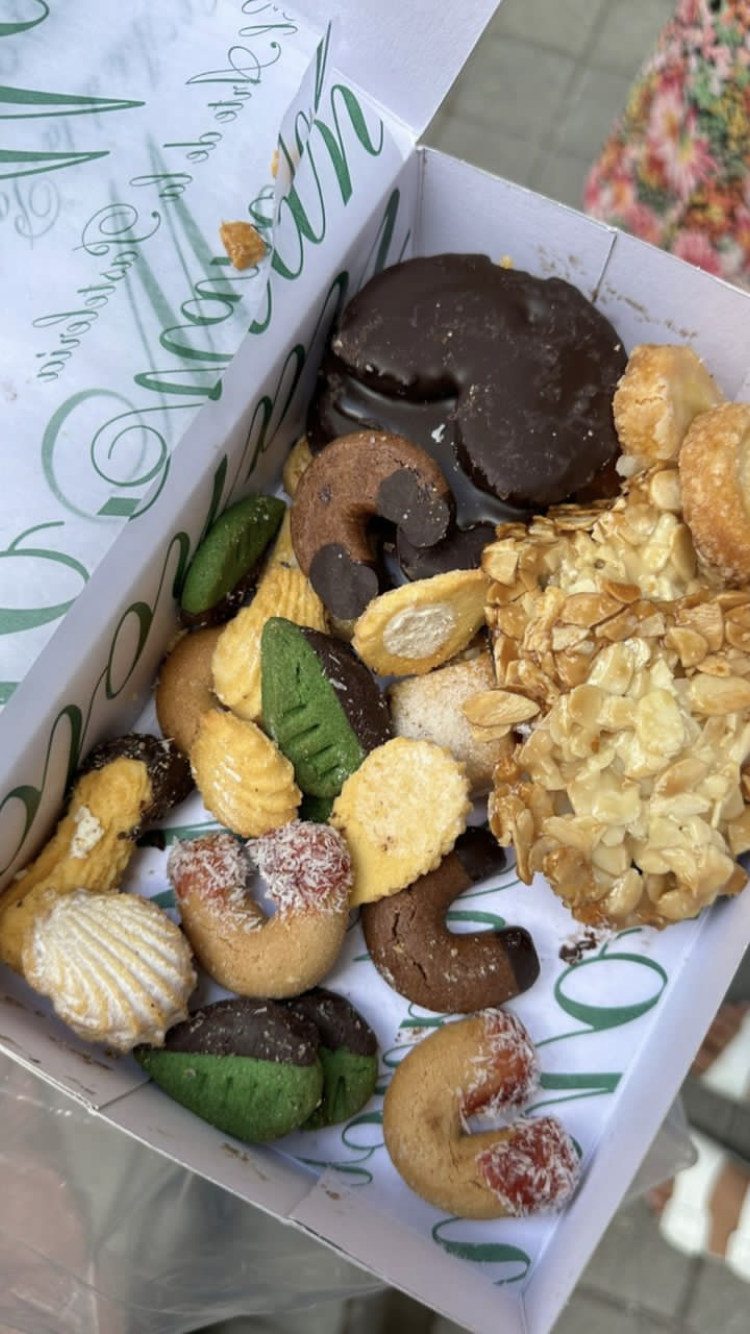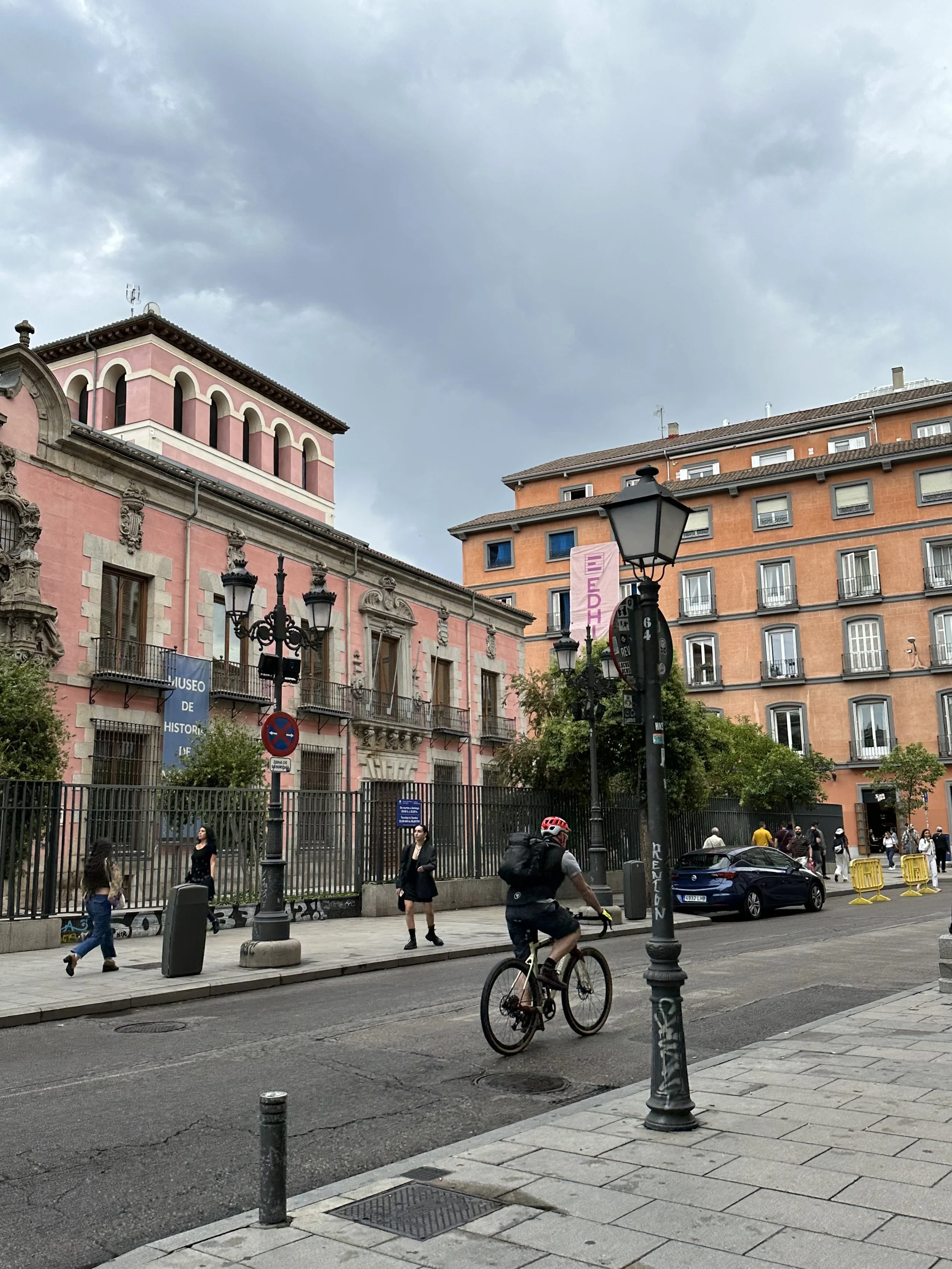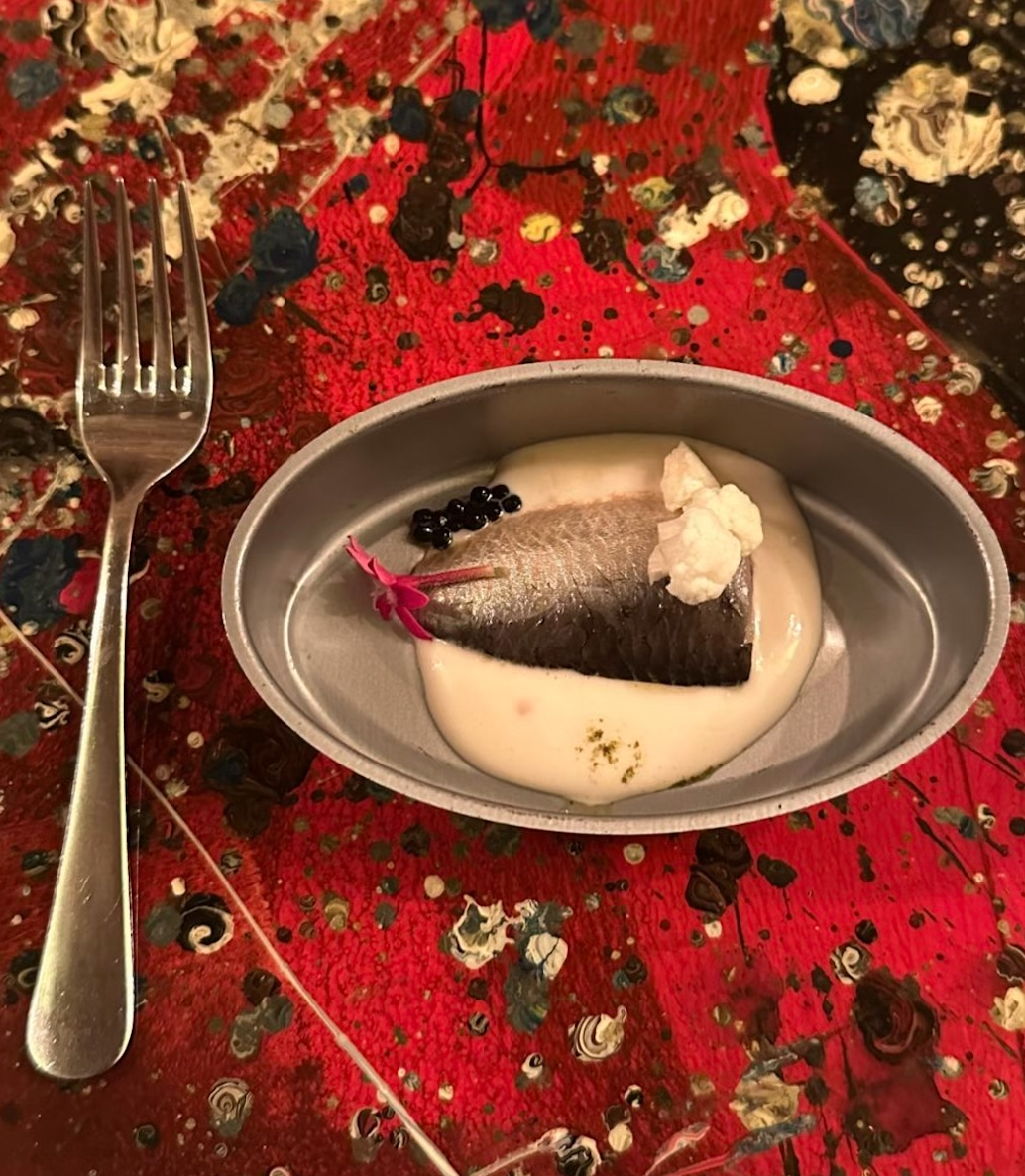Restaurant Design in Central Spain
La Clandestina, Toledo
There was something incredibly special about the city of Madrid. The best way I can describe it was warm, welcoming, and somehow at home away from home. As a Mexican-American, there is so much I seek to explore about my cultural heritage, and having Spanish ancestors brought an extra layer of curiosity as I explored the Spanish culture through food. However, exploring this through taste alone felt unimaginative. I wanted to take my research further and focus on design elements that make eating interesting- we do eat with our eyes first, after all. Although food remains a central component that defines a restaurant’s value, a lot of focus has been shifted toward the design of restaurant spaces. Design composition can be for functional purposes (i.e. to maintain certain traditional practices like tapeo), aesthetic purposes, and/or emotional appeal. Many restaurants are shifting toward modernized or “trendy” design aspects reflected through small details like lighting, art pieces, dishware, and even the food itself. That being said, there are still allusions to traditional Spanish adornment like talavera, which enact historical references in modern spaces. Combining modern design choices with traditional elements is a clever way to remain relevant and attractive to consumers, while keeping Spanish heritage alive.
La Clandestina in Toledo exemplifies the importance of design in a restaurant that maintains the traditional flavors of central Spain. The photos above illustrate the elaborative artwork on the dining tables, which each have their own unique design. According to the owner of the restaurant, a lot of of the design aspects that we see were creatively placed as a way to make the restaurant look beautiful and make the customer feel “at home.” There are many ways in which this was executed; for example, the tables photographed were hand painted by an artist friend. The painted tables creates a sense of modernity to restaurant that is otherwise fairly traditional in design (i.e. inferences to early Roman architecture characterized by brick walls and arches).
Furthermore, the food at La Clandestina translates well with the fusion of modern and traditional Toledo elements in the restaurant’s design. Menu items are composed of Spanish classics like croquetas, sardines, and albondigas de cervo (meatballs). The dishes are modernized and unique to the chef’s taste by added sauces, marinades, and of course, food styling.
Fismuler, Madrid
Fismuler was designed by Arquitectura Invisible, which translates to Invisible Architecture. The goal of the agency is to trigger an emotional appeal- an aspect of design that is intangible but can be created through tangible objects. As designers move toward a full sensory experience while curating a space, Arquitectura Invisible use this philosophy in the creating places like Fismuler. Inspired by the earthy qualities of the menu items, this spot feels organic and suits the Nordic twist on Spanish dishes. Design elements that enhance the restaurant’s concept include asymmetrical wall textures, cool toned stone and brick floors and walls, and warm lighting. The play on traditional Spanish dishes with a Nordic interpretation is a well executed approach to attracting younger audiences, who tend to search for exoticism in food.
La Martinuca, Madrid
Stepping into La Martinuca provides a welcoming and fresh environment that is perfect for enjoying a mid-morning breakfast. This spot is mainly known for their tortillas (Spanish omelet) that can be ordered in different sizes and with a variety of ingredient options to choose from. I ordered the classic tortilla with potatoes and I have to say, it was the best one I had in Madrid.
The restaurant’s mission is to keep the owner’s abuela’s tortilla recipe alive across generations- portraying how food and tradition are so closely interconnected in the Spanish culture. The restaurant’s design is modern with very classic Spanish touches like rich wooden features, talavera resemblances, and cooking tools (i.e. water pitchers, mortal & pestle, and serving plates photographed above), which I presume may have been inspirations from Botijos- cooling water jugs made from pottery method used since the Roman period in Spain (1). A few examples of modern design features were presented through hanging light fixtures, matte gold embellishments, and variation in colors and textures. The feminine color scheme along with the blend of classic and trendy design features undermines the relationship between the owner and her grandmother.
El Lince, Madrid
With light brick walls, neon signs, and minimal food plating, El Lince is a prime example of a modern take on traditional Spanish food that is reflected through design concepts like dishware, restaurant interior design, lighting, and food styling. Offal is very traditional to Madrid; however, it is not as widely popular amongst the increasing tourist community. To preserve Madrid’s classic dishes like pig ears, head cheese, and cow tongue, Chef Jav Estévez from El Lince strives to make offal seem less intimidating for people who are not accustomed or find it somewhat taboo to consume these different parts of the animal. This approach is unlocked with added ingredients to make the offal seem more “gourmet” (i.e. adding pistachios and microgreens to the cheese as is photographed above) but also my designing a beautiful modern restaurant that is inviting to tourist and trendy Madrid locals. The space created a fun, semi-casual environment, which is quite honestly not what I was expecting from a place that serves rabbit kidney… A few orders of fried organ meat paired with a bottle of wine , and you’ve got yourself the perfect Friday night spot to experience with friends.
Casa Macareno, Madrid
Last but not least on the list is Casa Macareno located in Madrid. Modernization is more subtle at Casa Macareno because there is a lot of emphasis on maintaining a very traditional Spanish feel to the restaurant. The meals are classic small plates like papas bravas, olives, different variations of cheese, and wine. The entrees are seafood forward, which is typical for this region in Spain. Contrary to the other restaurants discussed in this article, this restaurant chef is not concerned with altering menu items to modernize the food in terms of ingredients or food styling. The design of the restaurant also follows a much more traditional layout and decor. The front of the restaurant is a bar with high chairs for tapeo, and as the customer makes their way toward the back, there is a white table cloth seating arrangement for when tapeo is over and it is time for a full meal. As seen in the photograph to the above, traditonal Spanish talavera is a significant feature of the restaurant, which is different from talavera allusions that were present in places la La Martinuca.
Although there many traditional elements to this space, it does neglect small ultramodern details like contemporary artwork placed strategically around the restaurant to reminds us we are indeed living in the 21st century.
mas sobre Madrid
References:
1. Turespa. (2022, January 10). Handmade pottery from Talavera. Spain.info.
2. Singer, P. (2017, November 14). This is Europe’s most exciting culinary destination. Architectural Digest.
3. Artisanal Talavera of Puebla and Tlaxcala (Mexico) and ceramics of Talavera de la Reina and El Puente del Arzobispo (Spain) making process. UNESCO: Intangible Cultural Heritage.
4. Goulding, M. (2023, July 7). How Madrid became one of Europe’s Best Food Cities. Travel + Leisure.
5. Jon-Dandi. (2021, March 1). The impact of Interior Design in a restaurant. Environments Denver.
6. Singer, P. (2018, July 25). Madrid chefs rethink the city’s classic cuisine. The New York Times.
7. Samper, J. C., Arenós, P., & Ferran, A. (2017). Tapas: Spanish design for food. Acción Cultural Española.
8. Amigo, I. (2019, August 23). The art, science, and allure of Spain’s water-cooling jugs. Atlas Obscura.
9. Gulla, T. H. (n.d.). Spain’s Botijo: A Time-honored tradition of natural cooling. Tomas Hensrud Gulla.
